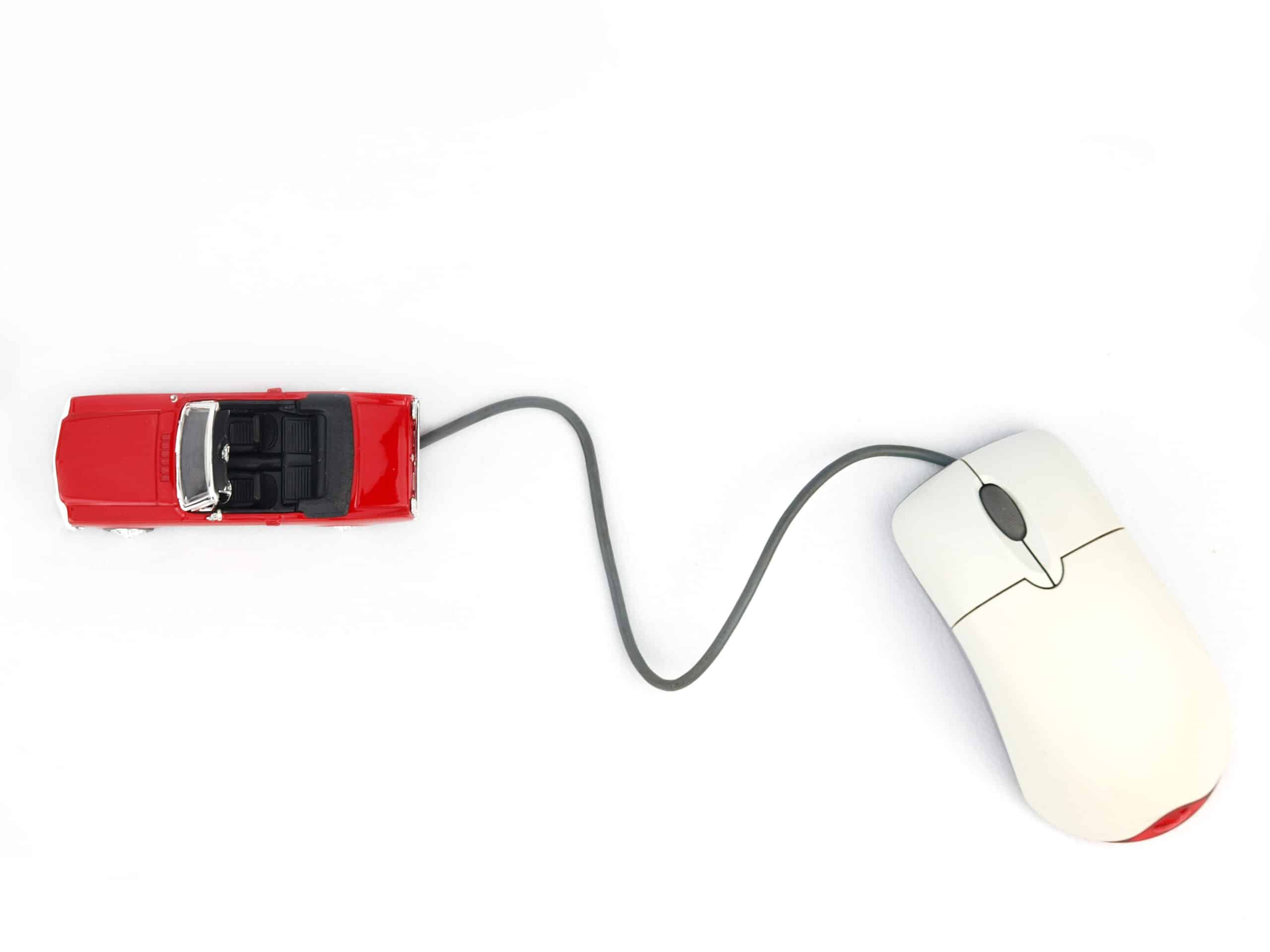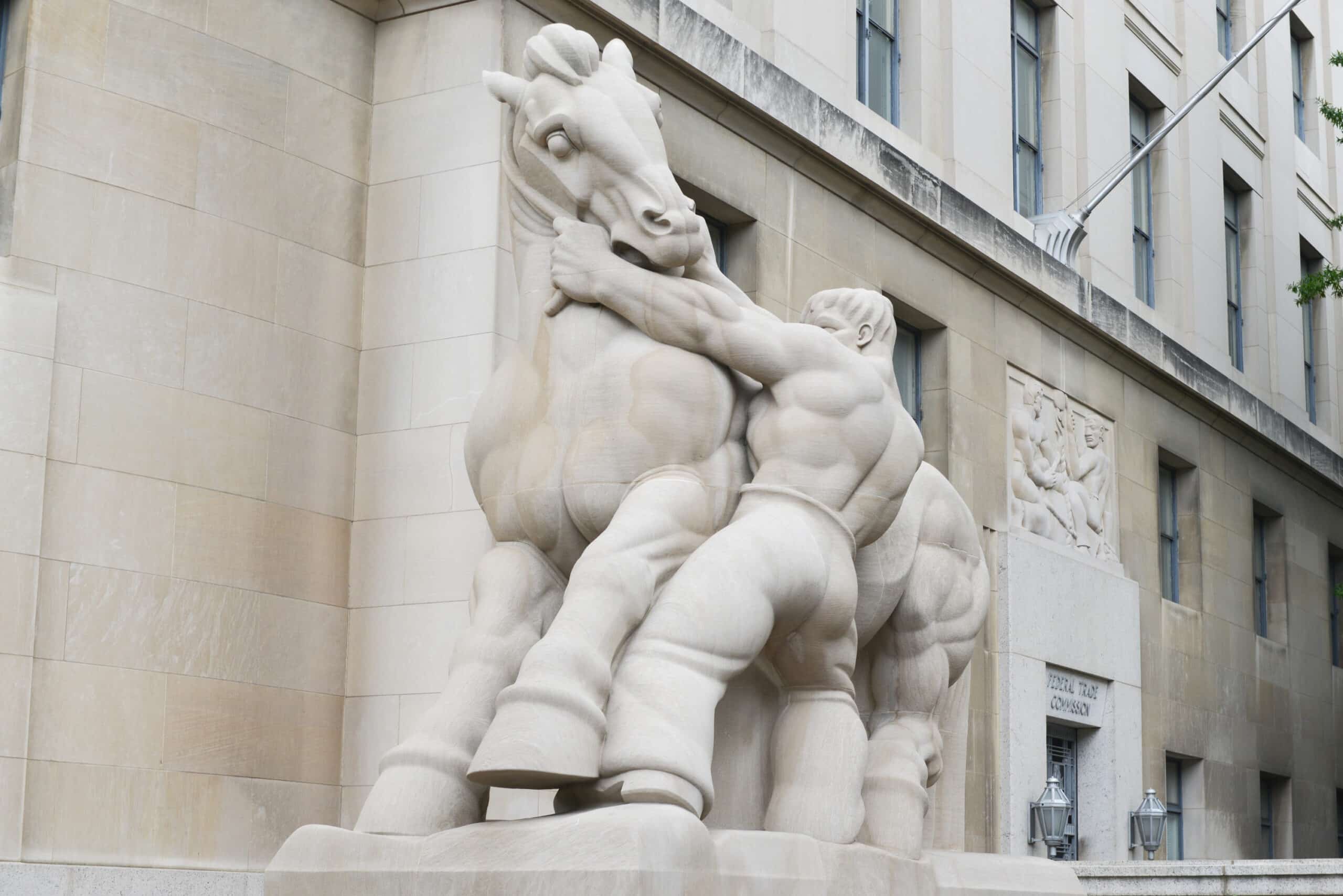Disaster relief: Putting customers first is always the best policy
In an average year, five to six hurricanes can impact the U.S., with two or three reaching a magnitude to a Category 3 or greater. As climate change continues to affect our weather, storm seasons are expected to worsen; 2020 was the most active hurricane season on record with approximately 30 named tropical storms. And even 2021 logged 21 named storms, the third-most active year ever, according to the National Hurricane Center.
Most automotive lenders react to these devastating storms by waiting for borrowers to reach out to them after a natural disaster. This approach could make sense from an operations perspective; however, at Flagship Credit Acceptance, we took a more proactive approach for particularly devastating storms in the past.
Flagship has created an internal disaster committee that evaluates each storm and determines the best approach to support impacted customers. The committee includes senior leaders, technical associates, backend documentation and processing associates, compliance and legal representatives, as well as President and Chief Executive Bob Hurzeler. As significant storms develop, the committee collaborates to create tailored disaster strategies while monitoring weather reports.
Once a storm has made landfall, the committee decides the best actions to take. In the past, the committee has activated the interactive phone system to provide messaging that enables customers to self-identify that they were impacted. On occasion, the committee established messaging to share with customers on Flagship’s portal and website, directing them to frequently asked questions and providing additional information.
The committee monitors the Federal Emergency Management Agency (FEMA) for disaster declarations calling for individual assistance and other sources for the issuance of mandatory evacuations. In past instances, the group has reverse-engineered the declarations to identify the ZIP codes within the disaster area to define the company’s potential disaster zone broadly. This approach benefits customers as more than 150 ZIP codes cross state lines and approximately 9,000 ZIP codes span more than one county.
In the case of two recent severe storms, the disaster committee halted all dialer-initiated calls in the defined areas and provided associates with reminders outlining disaster procedures. On several occasions, when there have been particularly devastating storms, banners were added to customer accounts to assist Flagship associates in quickly identifying customers in the impacted area.
The committee also utilized text messages — for customers who signed up for and provided consent — to convey that Flagship could provide assistance. The texts included the toll-free number to make it convenient for customers to reach the contact center. In these instances, Flagship continued to send out the messages throughout the time when the area was identified by FEMA as requiring assistance.
As Hurricane Ida in 2021 moved from the south through the Mid-Atlantic States causing widespread damage, FEMA continued to identify new disaster areas in the storm’s path. As new locations were declared disaster areas, Flagship proactively reached out to customers living in those zones. Flagship’s approach created a defined disaster area that stretched from Louisiana through New York. A month after Hurricane Ida, Flagship issued a follow-up message in case customers had not received or seen the initial announcement.
If the disaster committee identifies a storm as being severe enough to justify offering assistance, associates are typically able to provide several options to determine what’s most beneficial for the customer.
Flagship’s approach recognizes that while a customer may live outside the impact zone, their place of business may be within the defined area, or that the customer may have been visiting friends or family in the area when the storm hit. In the case of Hurricane Harvey in 2017, Flagship had many Houston customers who had commuted to work in the morning but could not get their vehicles out of the city as the storm dropped a record-breaking 275 trillion pounds of rain.
The disaster committee recognized that while the storm may not have directly impacted the area where the customer lived, their place of employment could have been damaged and shut down for an extended period, disrupting the customer’s earnings. Hurricane Harvey left numerous businesses without power for eight weeks, making it impossible for hourly employees to sustain payment schedules.
Empathizing with customers is about understanding their situation and knowing that charging off someone’s loan when they are trying to rebuild their home after a mandatory evacuation — or if their car is under 5 feet of water — will not be well received.
Proactively contacting customers has enabled Flagship to give customers time to speak with their insurance company, which in most cases were working on backlogs due to the number of claims. In the past, the disaster committee has also suspended charge-offs and repossessions while assessing a storm’s lasting effects.
Following this proactive philosophy is the best approach to assist customers that just experienced a devastating natural disaster. It starts with recognizing that customers are people, and places an emphasis on their safety — and always doing the right thing.
Steve Biehl is the senior vice president of servings at Flagship Credit Acceptance.
















